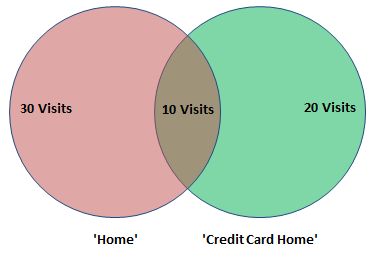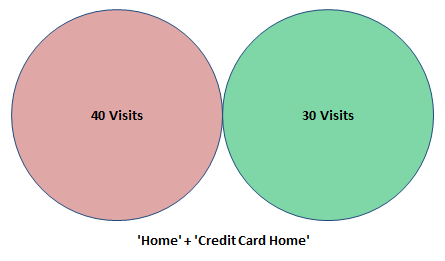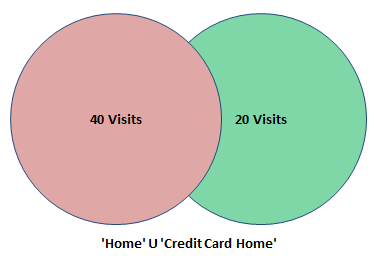Segmentation is one of the key concept in Digital Analytics[Of course not only in Adobe Analytics]. We use segmentation across different analytics tools to classify or group visitors on the basis of behavioral and profile attributes. When you ask someone who has experience in adobe analytics to build segment based on your requirement, they do it with ease, it can be either simple or complicated segments. But the answer is usually silence if you ask for the key benefit of creating a segment. This post is therefore exclusively for those who try to understand the need of segment in simple terms and the important advantage of building a segment.
Being a user of adobe analytics for a decade, I would tell that the need for segments have evolved over time. Late reporting was done mostly on Reports and Analytics Interface where correlations and subrelations had serious limitations (Still have). Some of these constraints on correlations and subrelations were torn down with the introduction of Workspace. New users of Adobe Analytics do not even know what is correlation and subrelation because dissecting or breaking down a dimension by another dimension is just easy in Workspace without restrictions. If you are curious to understand correlations and subrelations, links are provided at the end of the post.
Let’s get back to the topic. Assume that you are working with a Banking Sector and want to understand the traffic(Visits) to your ‘Home’ page particularly for the business country ‘Malaysia’ and locale ‘Bahasa’ considering business country is captured in Prop 1 and locale is captured in eVar1. Breaking down the given dimensions are not possible in Reports and Analytics, so you don’t have any other option than to create a segment earlier. But, it is absolutely possible in Workspace and thus can eliminate the need for segments on most cases.
I don’t deny the need of creating the segments based on visit and visitor containers or complex segments, but if you think through the need of creating a segment with hit container, then ideally it is not required in Workspace right? Since Workspace allow us to dissect or break down any dimension (Unlimited), do the hit segmentation carry no importance?
The answer is ‘No‘ and that’s the segmentation concept we should understand.
Linking back to the above scenario, consider you want to understand the traffic either to the ‘Home’ page or ‘Credit Card Home’ page. You can simply use Page Dimension, but the results are not absolute for many metrics especially the metrics related to visits and unique visitors. Below diagram will help you to understand!

Diagram explanation.
– Visits with page ‘Home’ but not page ‘Credit Card Home’ is 30.
– Visits with page ‘Credit Card Home’ but not page ‘Home’ is 20.
– Visit that shares both page ‘Home’ and page ‘Credit Card Home’ is 10.
Ideally, visits for page ‘Home’ is 30 + 10 = 40 visits. Visits for page ‘Credit Card Home’ is 20 + 10 = 30 visits.
If you use Page Dimension to understand the visits, ‘Home’ will have visits = 40 and ‘Credit Card Home’ will have visits = 30. Adding the line items will simply results in a number (70) without de-duplication.

But when you create a Hit Segmentation with Page Dimension ‘Home’ OR ‘Credit Card Home’, the resultant visits will be only 60 i.e. With de-duplication. Thus the result from segmentation is not A+B, rather AUB (n (A U B) = n (A) + n (B) – n (A n B)), which is absolute. Same is also applicable for Unique Visitors.

Therefore, de-duplication of visits or unique visitors is the most important concept to understand when you use segmentation for reporting. Not sure if I skipped anything but I can’t find this anywhere in the Adobe Analytics Segmentation documentation. For re-targeting scenarios, the concept narrow down to audience and there are plenty of resources available in the internet for reference.
So, if you are asked to report the traffic for group of pages or dimensions, segmentation is must unless you breakdown by line items. Understand and use the segments wisely.
Links for reference:
1. Correlations and Subrelations.
2. Analytics Segmentation Overview.






